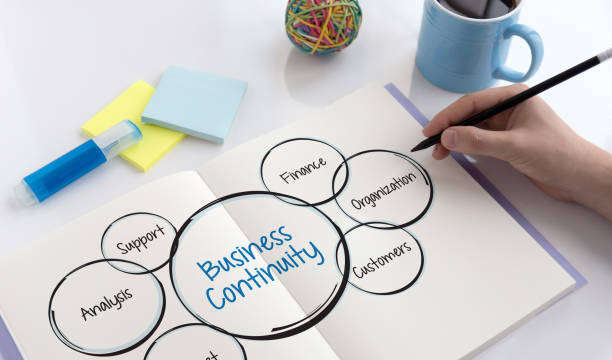In today’s hyperconnected world, the strength of a community can make or break an organization’s success. Whether you’re a start-up aiming for loyal customers or an established company seeking long-term growth, a robust community management strategy is your secret weapon.
But beyond the buzzwords and trending tactics lies the real question: How do you build an impactful community management plan that truly resonates?
Beyond Engagement: What Community Management Really Means
Community management is more than posting updates or hosting events—it’s about fostering a sense of belonging. At its core, it’s the art of creating a space where individuals connect, share, and grow together. By interacting with customers, employees, and partners both online and offline, brands can transform transactional relationships into meaningful bonds.
A well-executed community management strategy doesn’t just boost engagement; it amplifies brand advocacy. Members who feel heard and valued naturally become ambassadors who champion your cause.
The Unseen Role of a Community Manager
Behind every thriving community is a skilled community manager wearing many hats. They are the strategists, analysts, and communicators driving your brand’s online presence. However, their role is more nuanced than simply managing social media or responding to comments.
A great community manager understands the importance of storytelling. They don’t just share content—they craft narratives that align with the brand’s vision and audience values. By tapping into analytics, they measure what resonates and pivot strategies to meet evolving community needs. Their role bridges the gap between the brand and its audience, ensuring alignment and fostering trust.
Building Blocks of a Game-Changing Strategy
An effective community management strategy requires a delicate balance of structure and flexibility. Here are the essential elements:
1. Clear Objectives: Start with specific goals. Are you aiming for increased engagement, community growth, or brand loyalty? Well-defined objectives guide every decision and make success measurable.
2. Empowered Teams: A strong team brings diverse perspectives to the table. Collaboration ensures that community challenges are met with innovative solutions and that communication remains consistent.
3. Active Engagement: Two-way communication is vital. Actively listening to your community and addressing their needs builds trust and encourages loyalty.
4. Continuous Learning: The best community strategies evolve. Your approach remains dynamic and relevant by staying updated on trends and integrating feedback.
The Rewards of a Strong Community Strategy
An engaged community is a business asset that keeps on giving. Beyond fostering loyalty, it streamlines operations and reduces costs by turning members into contributors who help co-create content, moderate discussions, or test products.
Moreover, a well-managed community safeguards your brand’s reputation. Transparency and timely communication can help navigate crises, reinforcing trust.
Overcoming Challenges in Community Management
While rewarding, community management has its hurdles:
– Resource Limitations: Especially in smaller organizations, building a community with limited manpower can seem daunting. Creative use of tools and delegation to trusted volunteers can bridge this gap.
– Proving Value: Demonstrating the tangible impact of community efforts often requires clear metrics. Focusing on KPIs like engagement rates or customer retention helps illustrate the ROI.
– Burnout Risks: Community managers often face emotional exhaustion due to the demanding nature of their roles. Establishing boundaries and leveraging automation tools can help manage workloads effectively.
Measuring and Refining Success
Regularly tracking metrics such as member growth, participation rates, and sentiment analysis provides a clear picture of your community’s health. More importantly, it reveals opportunities for improvement. Community management is not static; it thrives on adaptation and creativity.
Why Community Matters Now More Than Ever
In an age where customers demand authenticity and connection, community management is not optional—it’s essential. By prioritizing relationships and fostering a culture of collaboration, organizations can build communities that not only grow but also thrive.
It’s time to look beyond the basics and embrace the transformative power of community management. Whether you’re building from scratch or refining an existing strategy, remember: A strong community isn’t just about numbers—it’s about creating value, trust, and shared purpose.


